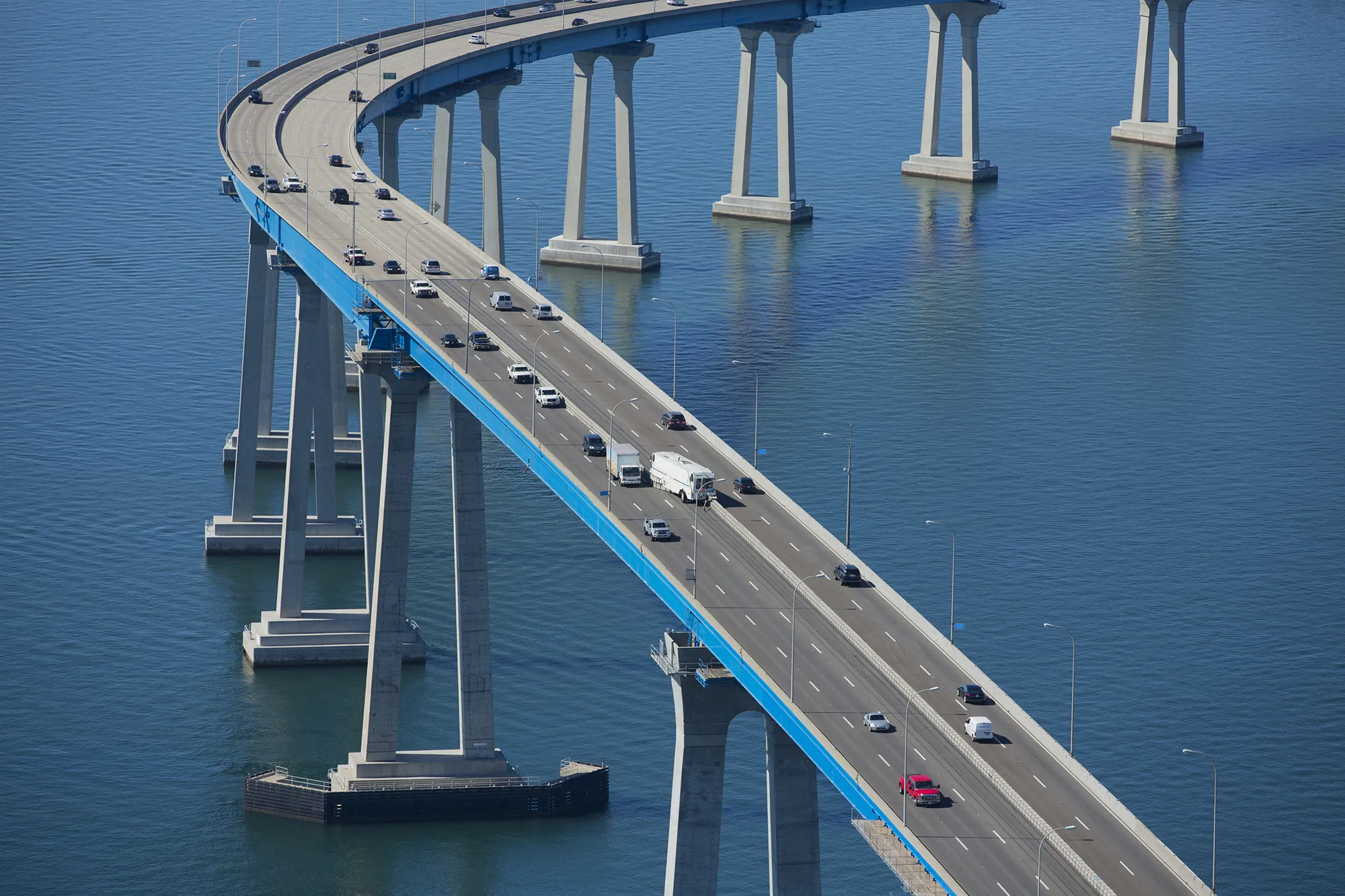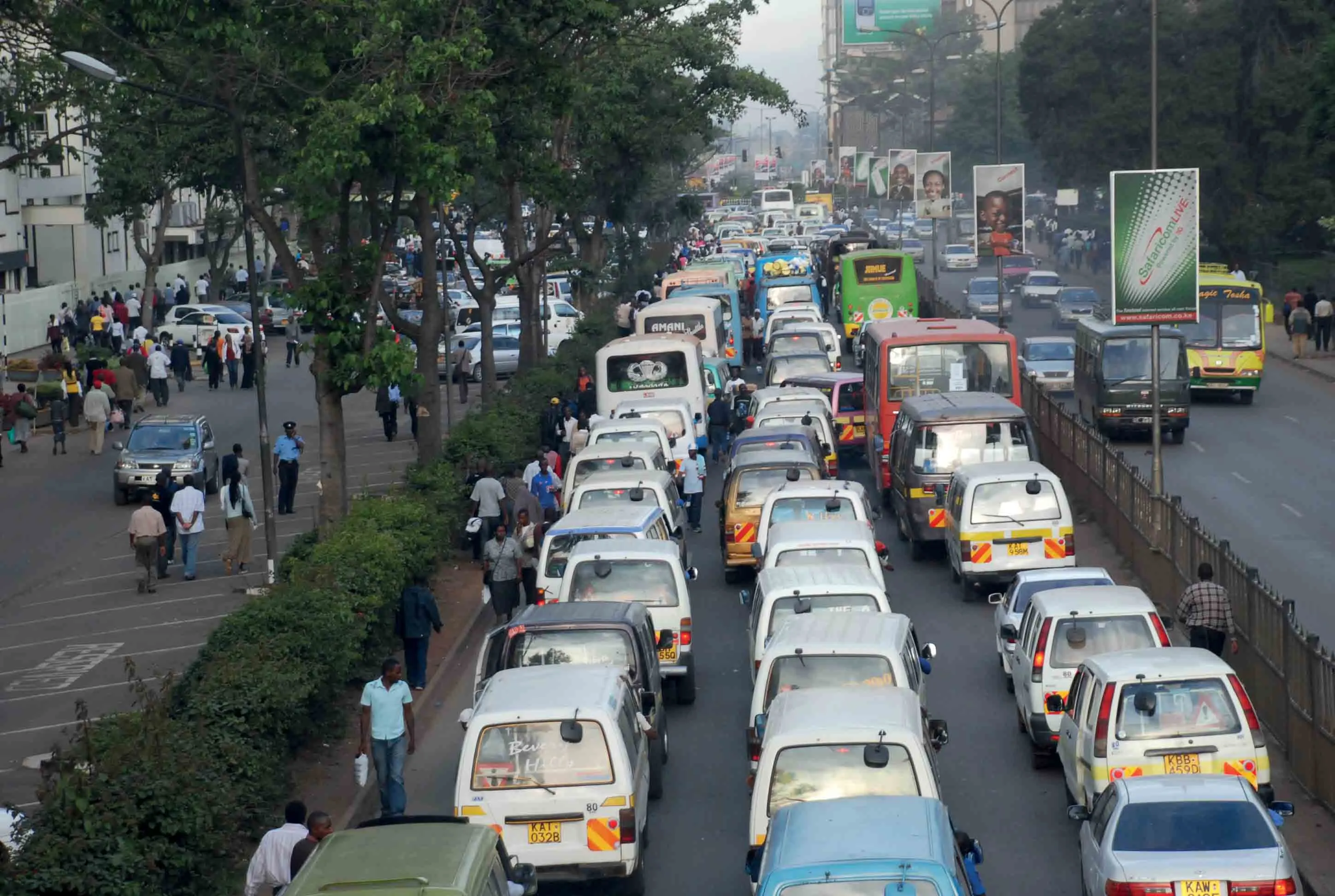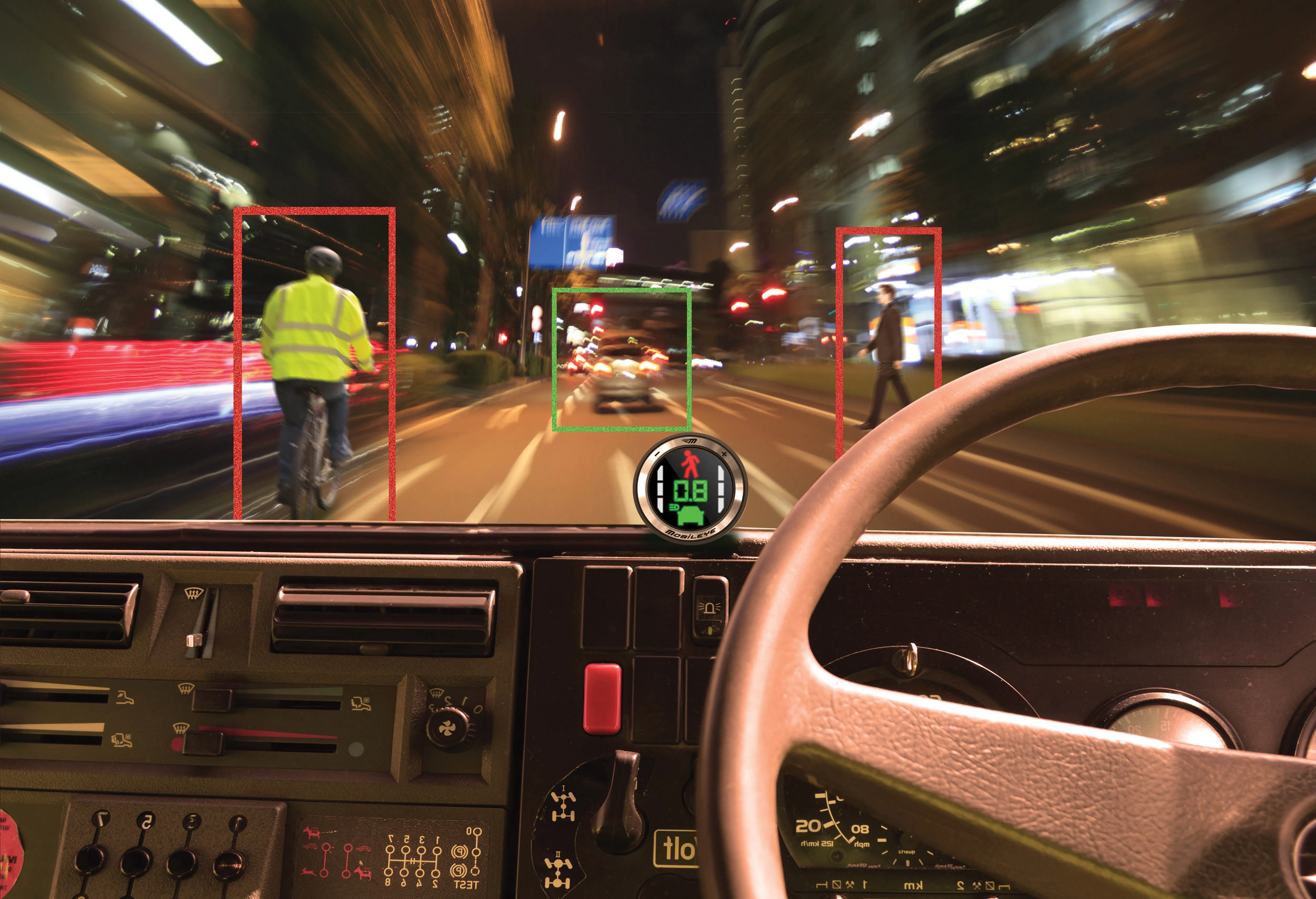Plans are in hand for upgrades to the existing ring road around Nepal's capital Kathmandu. This 28km route will be widened to cope with the growing traffic volumes and high congestion levels seen at present and the work is expected to cost US$55 million.
February 8, 2012
Read time: 1 min
Plans are in hand for upgrades to the existing ring road around Nepal's capital Kathmandu. This 28km route will be widened to cope with the growing traffic volumes and high congestion levels seen at present and the work is expected to cost US$55 million. The upgraded route will also feature separate lanes for cyclists and pedestrians, helping to boost safety and reduce accidents. The plans are being drawn up by the 2437 Ministry of Physical Planning and Works (MoPPW), which will also carry out the work. However, the upgrade to the ring road may affect the future of the city's proposed Outer Ring Road Development Project (ORRDP), which is facing problems due to disputes over the land needed for the new route.








